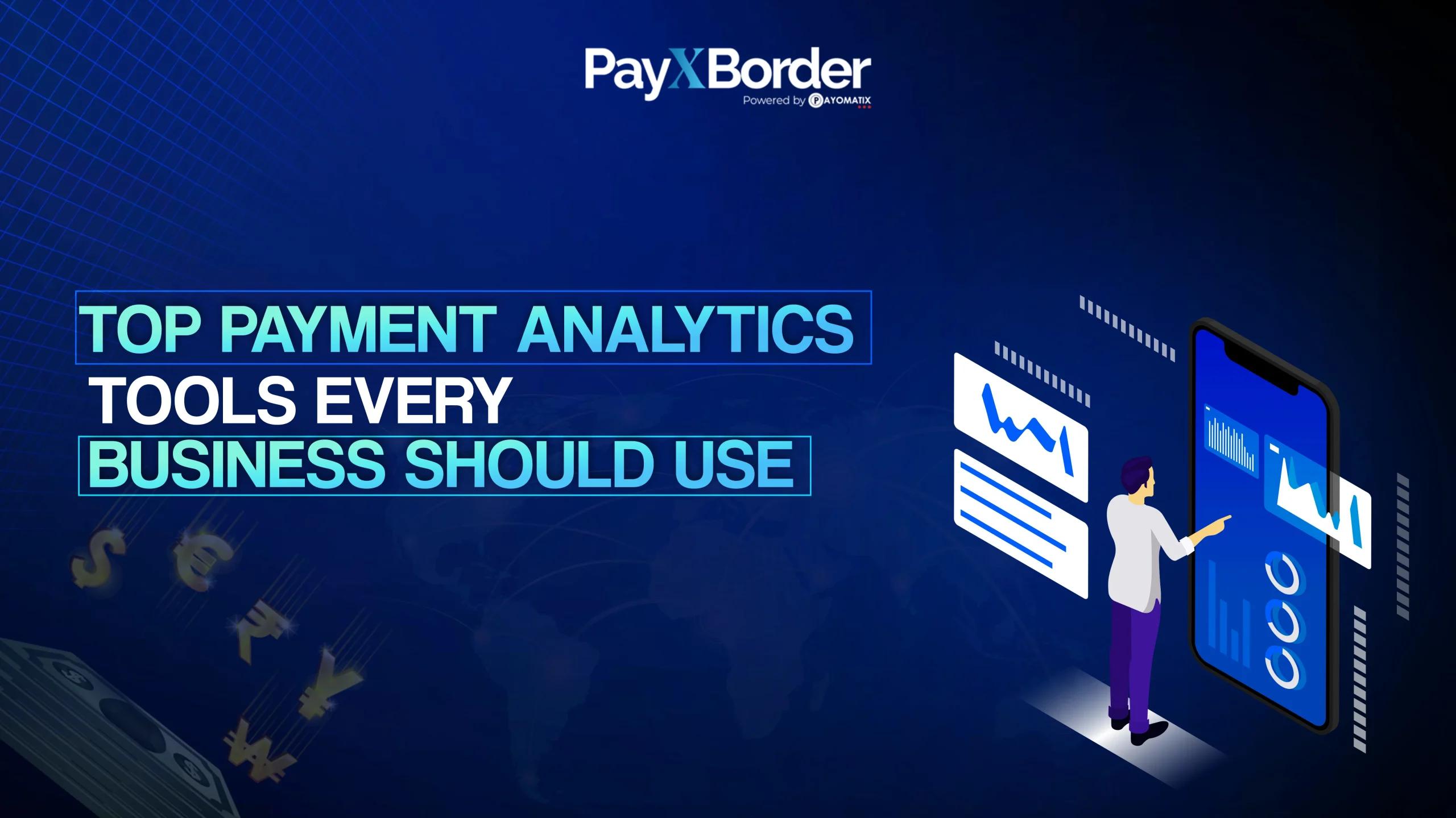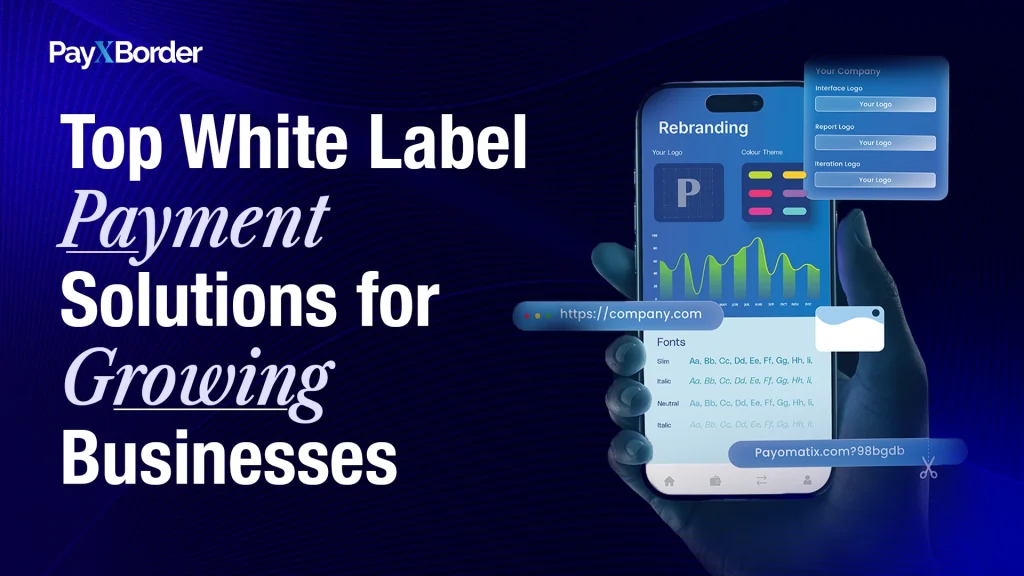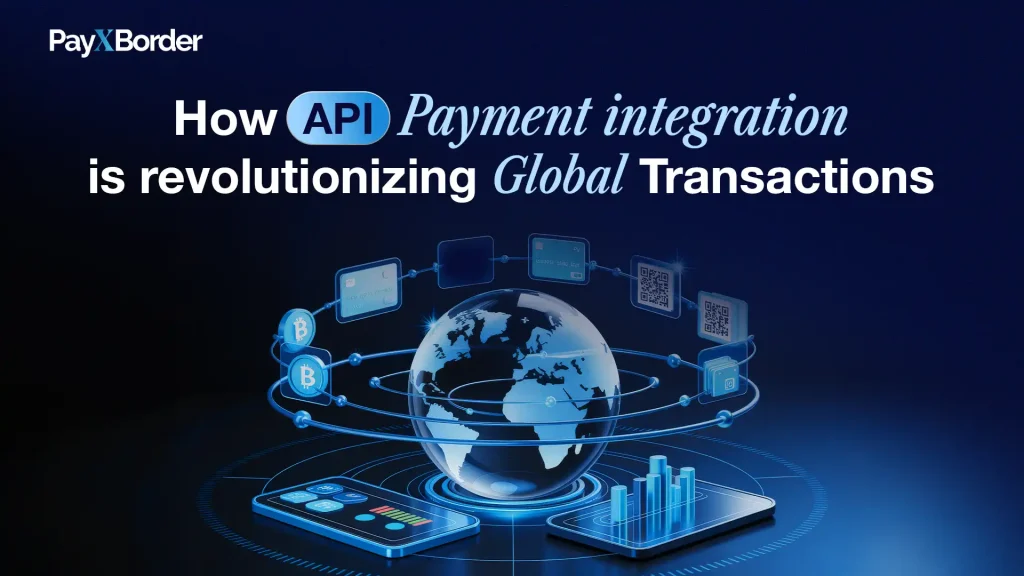“Are your payment insights driving your business forward or holding it back?”
In the age of digital payments, data is power. Yet many businesses operating in cross-border environments still make critical decisions without understanding how their payment flows truly perform. High payment failure rates, unexpected processing costs, and unidentified customer drop-offs can cost businesses thousands annually.
The solution? Payment Analytics Tools that provide visibility, actionable insights, and optimization strategies to streamline your cash flows and enhance your cross-border payment performance.
In this detailed guide, we will uncover why payment analytics are essential for modern businesses, how they impact your bottom line, and which tools you should consider integrating into your payment strategy today.
Why Businesses Need Payment Analytics Tools
Payment analytics tools allow businesses to track and understand:
- Payment success rates
- Failure points
- Payment methods customers prefer
- Processing fees across channels
- Cross-border payment behaviors
Without data-driven payment strategies, businesses risk:
- High chargeback rates
- Revenue leaks due to failed transactions
- Increased processing costs
- Poor customer experience
For cross-border businesses, these inefficiencies are amplified by fluctuating FX rates, regional payment preferences, and compliance costs. Payment Analytics Tools enable you to transform your payments into a data-driven growth engine.
How Payment Analytics Tools Improve Payment Success Rates
One of the biggest challenges in cross-border transactions is payment failures. These failures may be due to:
- Incomplete or incorrect customer data
- Insufficient funds
- Gateway outages
- Fraud prevention systems blocking transactions
By using advanced payment analytics, businesses can:
- Identify high-failure corridors and methods
- Optimize routing through alternative payment gateways
- Recognize fraudulent patterns proactively
- Improve payment success rates by up to 20%
This directly impacts your revenue, reducing customer churn while enhancing customer trust.
Enabling Smart Cross-Border Payment Strategies
Cross-border transactions are complex due to:
- Regional payment preferences
- Local regulations
- Varying settlement times
- FX rate fluctuations
Payment Analytics Tools give you granular data about:
- Which payment methods perform best in specific regions
- How FX rates impact your transactions
- Processing fees associated with different gateways
With these insights, you can implement data-backed cross-border payment strategies that reduce costs while improving your international reach.
Cost Reduction Through Payment Analytics
Transaction fees, FX markups, and hidden processing costs can quietly drain your profits. Payment Analytics Tools help you:
- Track payment processing costs in real-time
- Identify and remove underperforming gateways
- Compare payment methods and their associated costs
With actionable insights, your finance team can renegotiate rates with processors, adopt more efficient payment routing, and eliminate hidden fees.
Optimizing Customer Experience with Payment Insights
Customers expect seamless, fast, and reliable payment experiences. Payment failures or unclear refund processes can result in lost trust and reduced repeat business.
With Payment Analytics Tools, you can:
- Track payment drop-off points
- Identify where customers abandon carts due to payment issues
- Optimize checkout processes
- Analyze refund and chargeback patterns
This allows you to remove friction from your payment processes, increasing conversion rates and customer satisfaction.
Enhancing Fraud Detection and Compliance
Fraud and compliance issues can lead to financial losses and regulatory penalties. Payment analytics help monitor transactions in real-time, using AI-based detection to flag suspicious activities.
Key capabilities include:
- Monitoring unusual transaction volumes or patterns
- Identifying high-risk geographies
- Tracking chargeback and refund patterns to detect fraud
- Supporting KYC and AML compliance reporting
By using advanced payment analytics, businesses can create a secure payment environment while maintaining operational efficiency.
Top Payment Analytics Tools Every Business Should Consider
Here are some of the leading tools transforming payment analytics for global businesses:
1️⃣ PayXBorder Payment Analytics Dashboard
PayXBorder offers an integrated analytics dashboard that enables businesses to:
- Track transactions across multiple currencies and regions
- Monitor payment success and failure rates in real-time
- Analyze processing costs and FX impacts
- Access compliance and security reports instantly
2️⃣ Stripe Radar and Analytics
Stripe offers advanced payment analytics and fraud detection, providing actionable insights for optimizing payments and reducing fraud.
3️⃣ Adyen Insights
Adyen’s analytics tools offer detailed reports on payment methods, geographies, and operational performance.
4️⃣ Braintree Analytics
Braintree’s platform offers data on authorization rates, decline reasons, and fraud trends for payment optimization.
5️⃣ Recurly Analytics
Recurly offers subscription payment analytics, helping businesses monitor churn rates, dunning effectiveness, and revenue leakage.
6️⃣ Chargebee Revenue Analytics
Chargebee’s advanced analytics help subscription businesses track revenue and payment collection performance.
Each of these tools, when combined with a solid payment strategy, can empower businesses to reduce costs, improve payment success rates, and enhance customer experiences globally.
Implementing Payment Analytics in Your Payment Strategy
To effectively leverage payment analytics:
- Integrate analytics tools with your payment gateway and ERP/CRM systems.
- Monitor KPIs such as payment success rates, processing costs, and customer payment behaviors.
- Automate insights into payment routing and fraud prevention workflows.
- Review and refine payment strategies based on real-time data.
PayXBorder’s platform offers seamless integration of payment analytics into your existing payment workflows, providing actionable insights to drive smarter cross-border transactions.
Conclusion: Empower Your Business with Payment Analytics Tools
As the global business landscape becomes increasingly competitive, leveraging Payment Analytics Tools is no longer optional; it’s essential.
With data-driven payment strategies:
- You can enhance cash flow visibility
- Improve payment success rates
- Reduce processing costs
- Enhance customer trust
Ready to take control of your cross-border payments? Use PayXBorder’s integrated payment analytics to transform your payment workflows into a competitive advantage.








